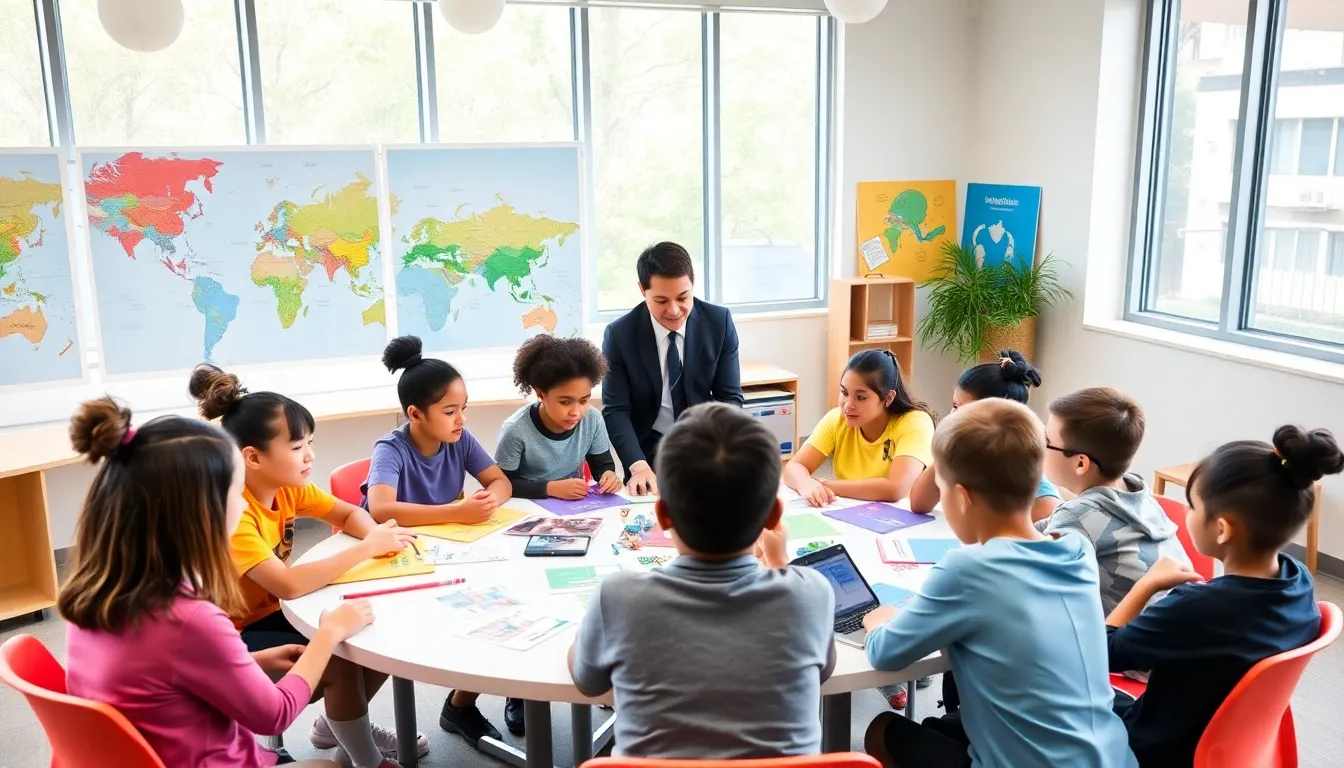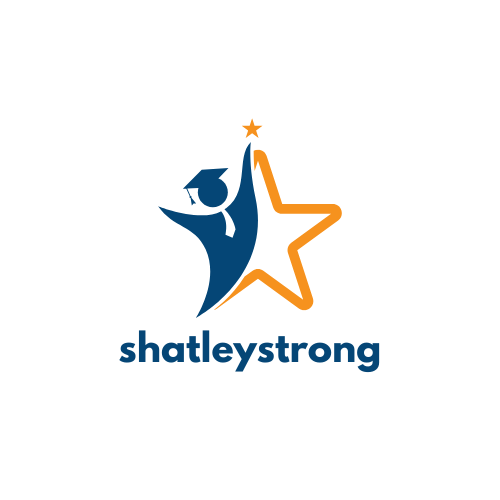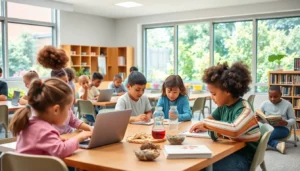Table of Contents
ToggleIn a world where conventional education is like that one pair of jeans everyone wears, alternative education is the funky, colorful outfit that makes you stand out. It’s innovative, engaging, and it often prioritizes the needs and interests of the learner over a rigid curriculum. Whether your child is a free spirit who wonders why they need to memorize the periodic table or someone who thrives when given hands-on activities, alternative education may just be the treasure chest of learning you’ve been looking for. Stick around as we unravel what alternative education truly is, how it emerged, and why it might be the right fit for some families.
Understanding Alternative Education

Alternative education encompasses a variety of schooling methods that diverge from traditional public or private school systems. It emphasizes a student-centered approach, which means that the educational experience is tailored to individual learning styles, interests, and needs. This approach can lead to a more meaningful and engaging learning journey.
While mainstream education often focuses heavily on standardized testing and uniform curricula, alternative education ventures down a different path. It champions creativity, collaboration, and critical thinking. Schools adopting alternative methods often reflect on their local cultures and values to create environments that resonate with their students’ identities. It’s like getting to choose your own adventure in a vast library of knowledge.
The History of Alternative Education
The roots of alternative education stretch back centuries. The 18th-century philosopher Johann Heinrich Pestalozzi championed a more holistic approach to education, emphasizing the importance of emotional and sanitary aspects alongside intellectual growth. Fast forward to the 20th century, and figures like Maria Montessori and Rudolf Steiner laid the groundwork for approaches that challenged conventional thinking in education.
In the 1960s and 1970s, America saw a surge in alternative education movements influenced by a cultural push for autonomy, self-exploration, and social justice. This era birthed schools that focused less on rote memorization and more on experiential learning, a trend still gaining traction today. These pioneers have shaped alternative education into the diverse field it is today, offering various models that cater to different needs and philosophies.
Key Principles of Alternative Education
At the core of alternative education is a set of guiding principles that distinguishes it from traditional methods. These often include:
Types of Alternative Education Models
While not exhaustive, a few prominent models stand out:
Unschooling
This approach thrives on learner-directed experiences. Here, students take the lead, exploring topics that interest them at their own pace, effectively turning everyday activities into valuable learning opportunities.
Montessori Method
The Montessori method promotes child-led exploration through a structured yet open environment. Classrooms are designed with various materials that help independent learning.
Waldorf Education
Founded by Rudolf Steiner, Waldorf education focuses on holistic development. It integrates arts, crafts, and outdoor activities alongside academics, creating a well-rounded educational experience.
Democratic Schools
These schools operate on the premise that students should have a voice in their education. Decisions, from curriculum choices to school governance, involve student input, fostering a sense of community and responsibility.
Benefits of Alternative Education
Alternative education offers several unique benefits that draw anxious parents away from traditional systems.
- Personalized Learning: One size never fits all, especially in education. Alternative education caters to individual learning styles, allowing students to thrive at their own pace.
- Engagement: With a focus on exploration and hands-on activities, students often report feeling more engaged and interested in their studies.
- Critical Thinking: Instead of memorizing facts for tests, students develop essential skills such as critical thinking, problem-solving, and creativity.
- Community Connection: Many alternative programs emphasize community involvement, whether through internships, projects, or cooperative learning. This connection helps students develop social skills and feel a sense of belonging.
Challenges Facing Alternative Education
While alternative education is brimming with benefits, it’s not without its challenges.
- Limited Resources: Many alternative programs operate on a tight budget, which can impact materials, facilities, and experienced educators.
- Acceptance Issues: Families may face skepticism or pushback from traditional educational systems, or even in their local communities.
- Accountability: Measuring success isn’t always straightforward. The lack of standardized testing makes it challenging to assess student performance compared to traditional settings.
- Parental Commitment: Many alternative education approaches require active parental involvement, which can be taxing for families balancing multiple responsibilities.
Making the Right Choice for Your Child
Choosing the best educational path for a child is no easy task. Parents must weigh numerous factors, including academic philosophy, family values, and a child’s learning style. Here are some considerations:
- Child’s Needs: Understanding your child’s strengths, weaknesses, and passions is crucial. Starting with open conversations can reveal what they are most excited about learning.
- Availability: Research local alternative education options. Look for reviews and testimonials to determine how well they align with your child’s needs.
- Trial Opportunities: Many alternative programs offer trial classes or open houses. Use these to gauge whether the school environment resonates with your child.
- Long-Term Outlook: Consider how an alternative education might influence your child’s future, particularly in terms of college applications and career readiness.




